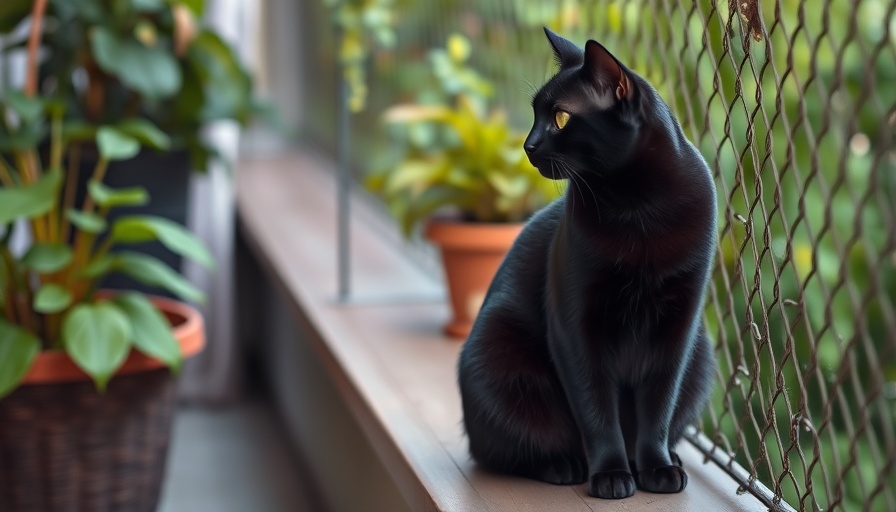
Do Dogs That Don’t Shed Really Exist?
The quest for the perfect pet often leads us to consider many factors, one of the most significant being shedding. With allergies and sensitivities impacting many potential dog owners, the idea of a non-shedding or "hypoallergenic" dog breeds is particularly appealing. However, many are left wondering: do these breeds truly exist?
The straightforward answer is no; there are no entirely non-shedding dogs. The term "hypoallergenic" implies that certain breeds may trigger fewer allergic reactions, mostly because they shed less fur or hair. However, they still produce dander and saliva, which contain the proteins responsible for allergic reactions.
Understanding Hypoallergenic Dogs
Hypoallergenic dogs are often characterized by their unique coats. Breeds with hair rather than fur tend to shed less, leading to a reduced curly mess around your home. Ideal for individuals with sensitivities, these dogs still require regular grooming to maintain their coats and minimize potential allergens. Therefore, while you can find breeds that are easier on the allergies, expecting a completely fur-free experience may lead to disappointment.
Why Shedding Matters Before Bringing Home a Dog
Considering shedding is vital when deciding to bring a furry friend into your home. Many people can tolerate dog hair on their clothes and furniture. Others, however, experience significant allergic reactions that affect their quality of life. Imagine living in a constant state of discomfort every time the pollen count rises; that’s what some individuals might feel every day without careful selection of their pet. It's essential to consider your health, preferences, and lifestyle when deciding on a breed.
Dog Breeds That Shed the Least
While there are no dogs that don't shed at all, some come close. This small list of breeds is popular among allergy sufferers, not just for their lower shedding tendencies, but also for their wonderful companionship:
- Poodles: Known for their beautiful curly coats, poodles require regular grooming to prevent matting, but their low-shedding policy makes them a favorite selection.
- Schnauzers: Another breed that is less prone to shedding, schnauzers also require grooming to maintain their health and appearance.
- Shih Tzus: With their long, flowing coats, Shih Tzus are affectionate companions that shed minimally, making them suitable for many allergy sufferers.
Tips for Managing Allergies with Pets
If deciding on a hypoallergenic breed doesn’t feel like a guarantee for a sneeze-free environment, here are some practical tips:
- Regular grooming: Brushing your dog frequently helps control shedding and dander spread.
- Clean your space: Regular vacuuming and dusting keep the dander and fur at bay.
- Allergy testing: If you have uncertainties, testing can help determine specific triggers, assisting in your pet selection.
Making the Right Decision for Your Future Pup
When choosing a dog who fits your lifestyle, consider factors such as your family, environment, and if shedding may impact your quality of life. The responsibilities of dog ownership come alongside the joys they bring, so consider these elements carefully.
As you weigh the ins and outs of furry companions who might fit better into your household, it’s wise to do your due diligence. Whether you consult with veterinarians, trainers, or pet nutritionists, investing in knowledge can ensure a happier family for both you and your dog.
Conclusion: Bringing Home the Right Dog for You
If you’re contemplating adding a dog to your family and shedding is a concern, consider the breeds mentioned above and the information provided here. Don’t hesitate to reach out to professionals in the pet care community for additional tips and insights tailored to your needs.
Ultimately, helping ensure you have the right insights can lead to fewer surprises and a more harmonious life with your future furry friend!
 Add Row
Add Row  Add
Add 




Write A Comment